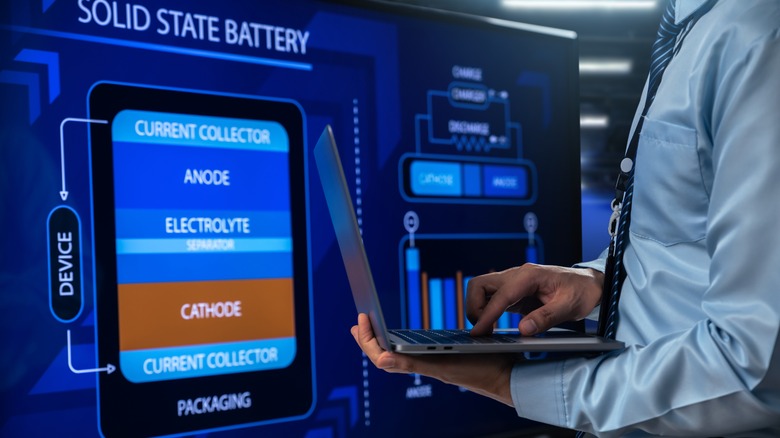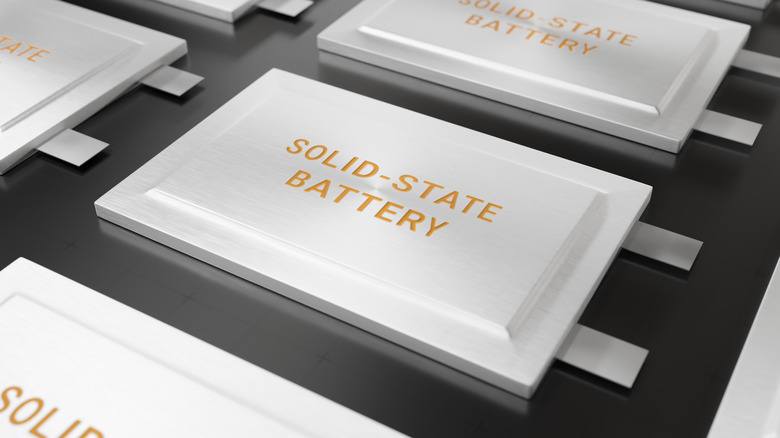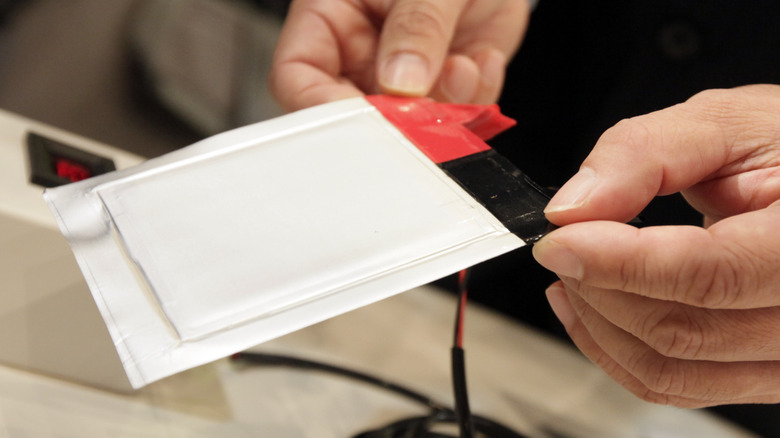Solid State Batteries Explained: What Are They, And How Do They Work?
Many of us don't pause to give our device batteries much thought. We may curse them for running out too quickly, or ourselves for not having a charger readily available when we need one, but for the most part we plug in, hit 100%, unplug and forget. The fact is, though, the battery is a component as important and intricate as any other in a device.
In a familiar Lithium-ion battery, the brainchild of the late, brilliant, John Goodenough, the electrolytes are in liquid form. The newer innovation of the solid-state battery utilizes those electrolytes in a similar fashion, but they are instead in a solid form. The change doesn't fundamentally alter the way that such a battery functions, but it has the potential to provide a more efficient way to power our devices.
Here's what sets a solid-state battery apart, and an introduction to the potential the technology holds.
How do solid state batteries work?
Lithium-ion batteries power devices by separating both negative and positive currents, and using the movement of lithium ions to create electrons. This connection then sends electricity to the device being charged or powered, between the positive and the negative stores of current.
The electrolytes used in such batteries are in a liquid form to facilitate the movement and the reaction. What a solid-state battery aims to do is produce power using the same process, without the loss of any performance. In effect, these new types of batteries work in the same way, but the solid nature of the electrolyte means that the interior of the battery can be streamlined: No safety measures are required on the inside to contain liquid. What this means is that the potential energy density of a solid-state battery is higher. It can work more efficiently, in short, because more of its interior components are dedicated to functionality alone.
This potential efficiency boost can't be overstated: In March 2022, MIT News reported that, in removing liquid from the equation, the end result wouldn't be as volatile should the battery be compromised (such issues with Lithion-ion batteries having caused the infamous Dell laptop recall of 2006). Such a battery could also deliver double the energy of a comparable current one.
It seems as though a solid-state battery will outperform a standard Lithium-ion battery of the same size, then, but there are catches to the new technology.
The issues with solid state batteries
In September 2020, Gene Berdichevsky and Gleb Yushin of Sila published "The Future Of Energy Storage: Towards A Perfect Battery With Global Scale." They noted that solid-state batteries run the risk of dendrites being produced by the metal in the plating, which could damage internal components and prove very dangerous. The authors also stated that Lithium-ion, being such a powerhouse, is the technology the manufacturing sector has been investing in: "By 2030 there will be 2,000 GWh of production capacity worldwide that [solid state technology] will be incompatible with," they estimate.
Creating solid-state batteries is a specialized, and therefore costly, process that the industry hasn't widely tackled. In the time since Berdichevsky and Yushin's doubtful analysis of the technology, however, critical advances have been made. Younggyu Kim et al's 2022 paper "Avoiding CO2 Improves Thermal Stability at the Interface of Li7La3Zr2O12 Electrolyte with Layered Oxide Cathodes," for instance, suggests that "removing CO2 and minimizing H2O(g) during sintering is necessary to obtain good contact at the LLZO|cathode interface without forming secondary phases."
Sintering, which involves applying tremendous heat to the layers to solidify them together, is one such specialized element of solid-state battery creation. If such drawbacks as these can be resolved, as the study suggests, and manufacturing costs reduced, perhaps solid-state batteries will prove dominant in the near future after all.


